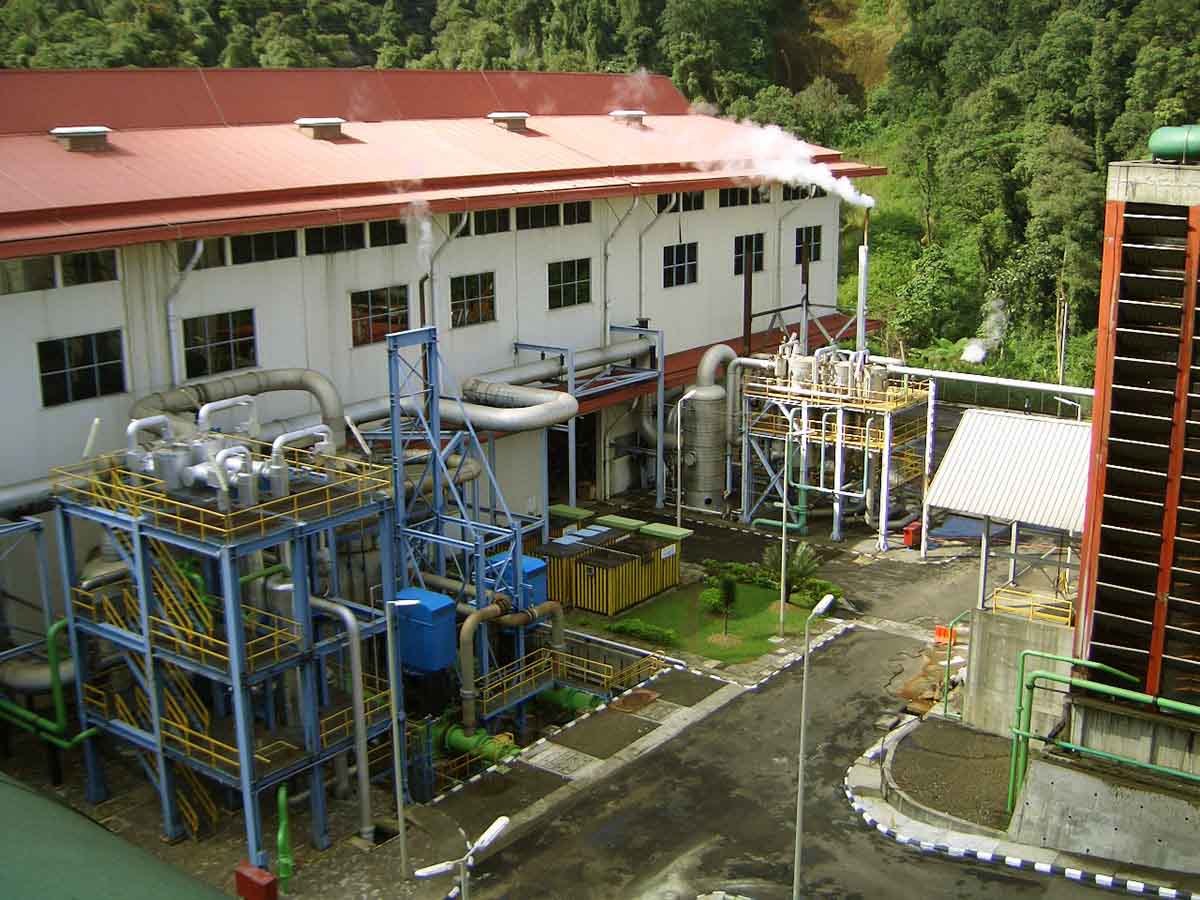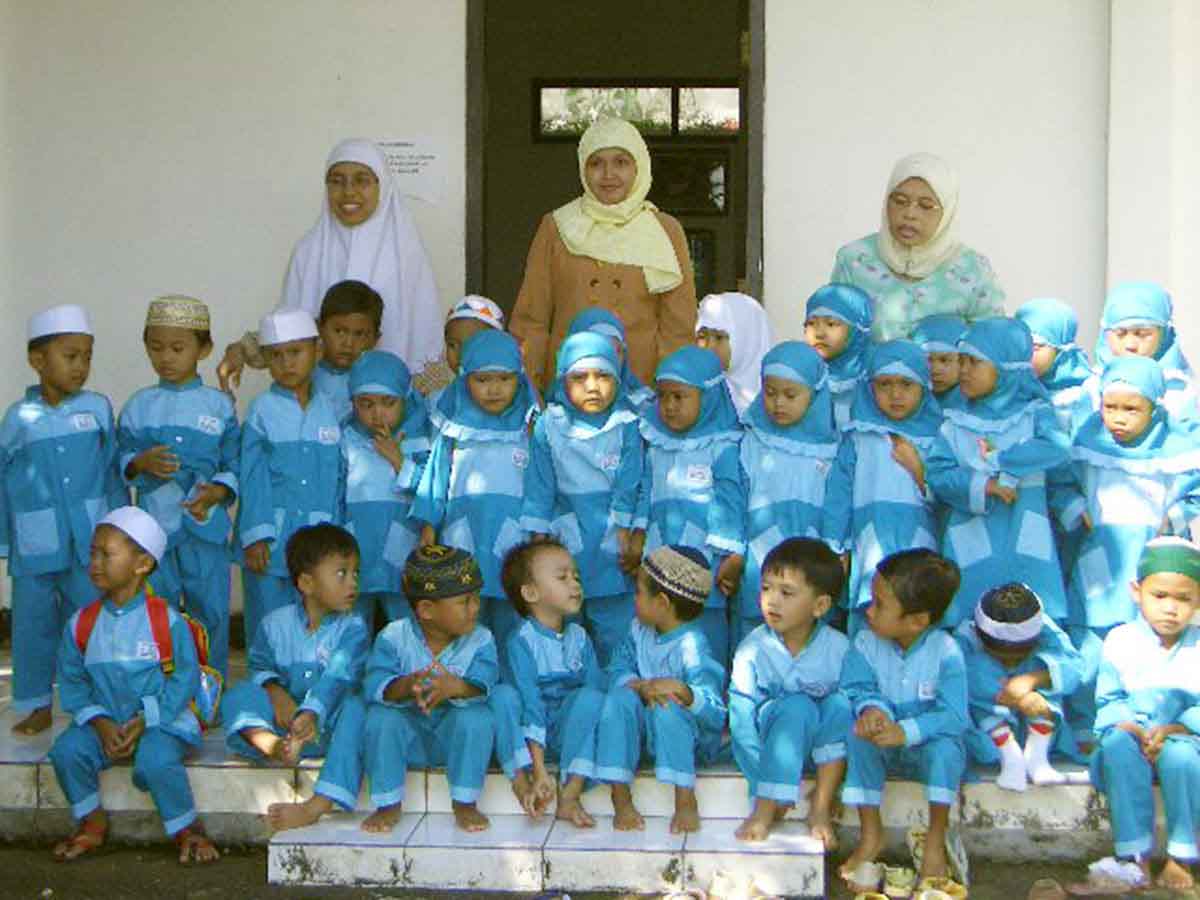Harnessing Indonesia's potential for geothermal energy
The project activity is comprised of a capacity upgrade of Gunung Salak Geothermal Power Plant from 3 x 55 MW to 3 x 60 MW. This is done by changing the turbine diaphragm and modifying the gas ejectors. The upgrade leads to an annual average of nearly 214 GWh of electricity to the connected JAMALI Grid. The supply of steam for the project, which is provided by the nearby Gunung Salak Geothermal fields is secured by an long-term Energy Sales contract. Indonesia is situated in the “Ring of Fire”, a global region with many volcanos. It’s great potential for geothermal energy resources are not yet fully exploited. The small proportion of the total energy mix is due to the high capital investment required for the development of geothermal energy utilization.
As geothermal power projects produce no end products in the form of solid waste (e.g. ash), they address the problem of solid waste disposal encountered by most other sources of power.

Geothermal power plants create emission-free energy from ground heat. The ground heat is used to heat water, and the resulting steam is used to drive turbines. The growth of renewable energy production is essential in limiting global warming and securing energy supplies for the future. The amount of emissions saved by a geothermal project is calculated using the baseline method: how much CO2 would be released by generating the same amount of energy using standard energy production methods for the region? Geothermal energy projects in the ClimatePartner portfolio are registered with international standards.
Explore our projects
Biochar for Climate Action, Healthy Soils, and Better Harvests

A certified climate project combined with additional commitment

Expansion of renewable energy generation in Asia

Ceramic water filters save CO2 and improve health

Improved cookstoves worldwide – for better health and cleaner air

A certified climate project combined with additional commitment

Powering access to renewable energy in Africa

A certified climate project combined with additional commitment

Restored ecosystems remove carbon

Turning degraded farmlands into healthy ecosystems

Improved cookstoves - better for health and the environment







